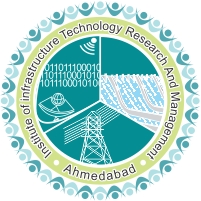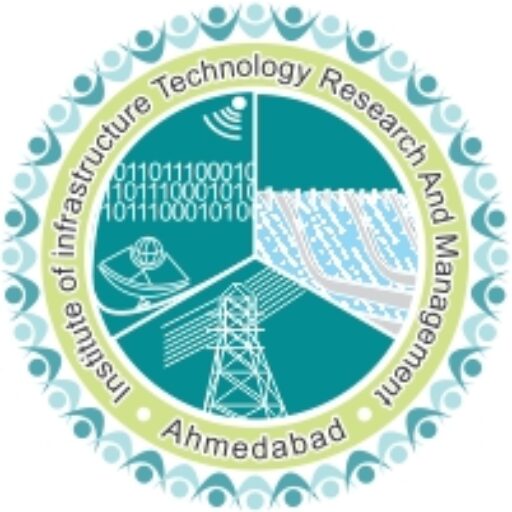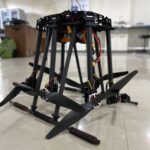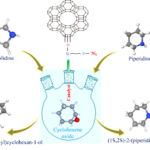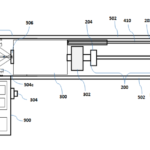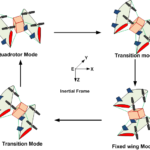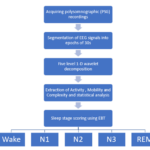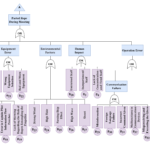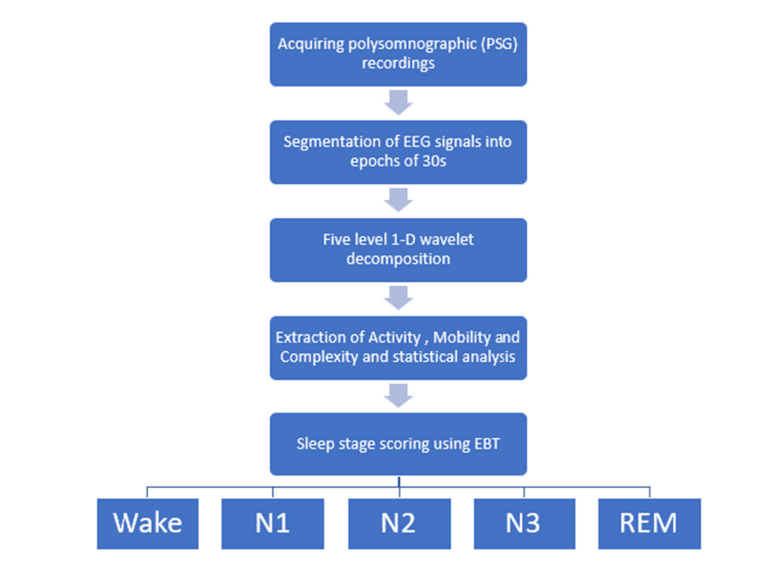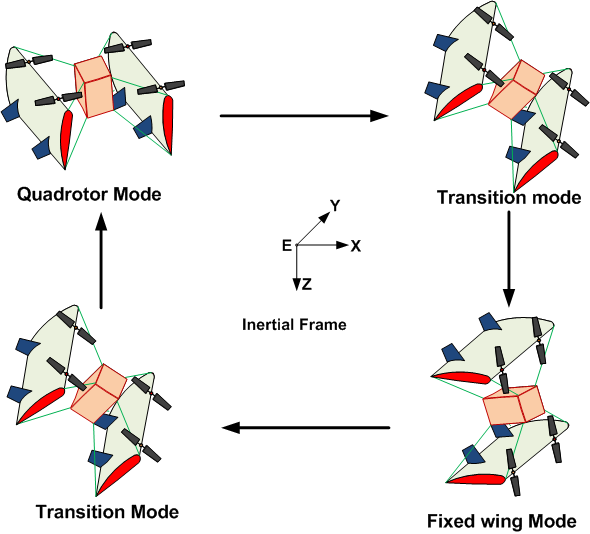The work is carried out by Manish Sharma, P Makwana, RS Chad of IITRAM along with collaborators.
Sleep disorders are a group of medical conditions that affect a person’s ability to get restful and adequate sleep. These disorders can have a significant impact on a person’s quality of life, leading to daytime fatigue, difficulty concentrating, and other health problems. There is a rise in the occurrence of sleep disorders among the population, which has resulted in the development of sleep study as an active area of research.
Sleep stage scoring is a process used to categorize different stages of sleep based on specific criteria, such as brain waves, eye movements, and muscle activity. By scoring sleep stages, specialists can identify abnormal sleep patterns that may indicate sleep disorders such as sleep apnea, insomnia, or narcolepsy. The results of a sleep study and sleep stage scoring can then be used to develop a personalized treatment plan for the individual. \
The electrical activity occurring in the brain is stored in the form of an electroencephalogram (EEG). It is a critical tool for sleep stage scoring. EEG information is used to categorize different stages of sleep. Sleep stage scoring based on EEG is important because it provides an objective and standardized way to diagnose sleep disorders and assess the effectiveness of treatments.
This research makes use of a dual-channel EEG signal for sleep stage scoring. It makes use of a biorthogonal wavelet filter bank, which is used for processing the signal to make the sleep stage scoring more efficient. The study utilizes a huge Wisconsin sleep cohort (WSC) database for training, and provides an accuracy of 83.2%, and a Cohen’s Kappa of 0.7345. Upon being tested on data from other datasets, namely, CAP sleep database, EDF database, ISRUC database, MIT-BIH database, and a private database from St. Vincent’s University, it performed competitively with existing state-of-art systems.
This approach is simple, using only two EEG channels, and has the potential to be installed in home-based clinical systems and wearable devices for sleep scoring.
For more details on the work: https://doi.org/10.1007/s10489-022-04432-0
